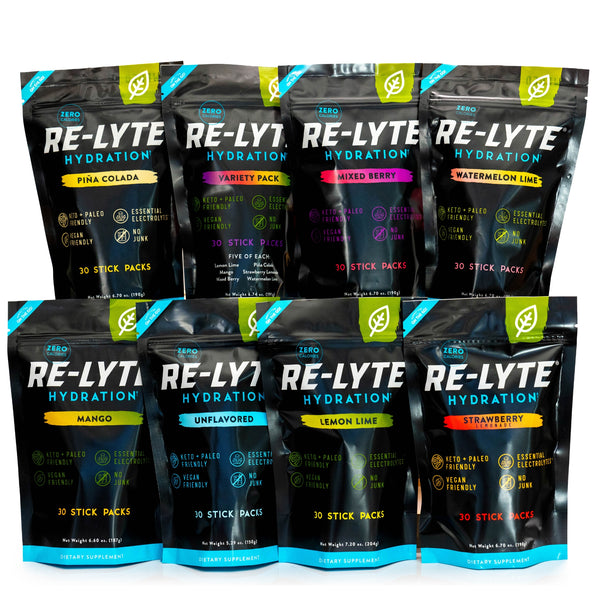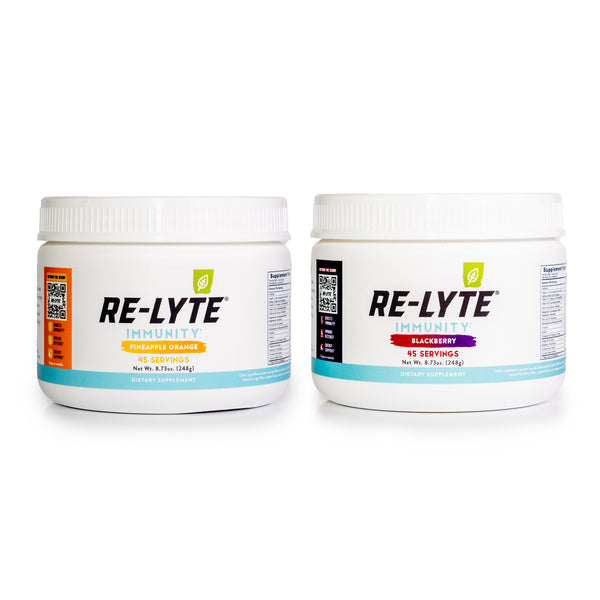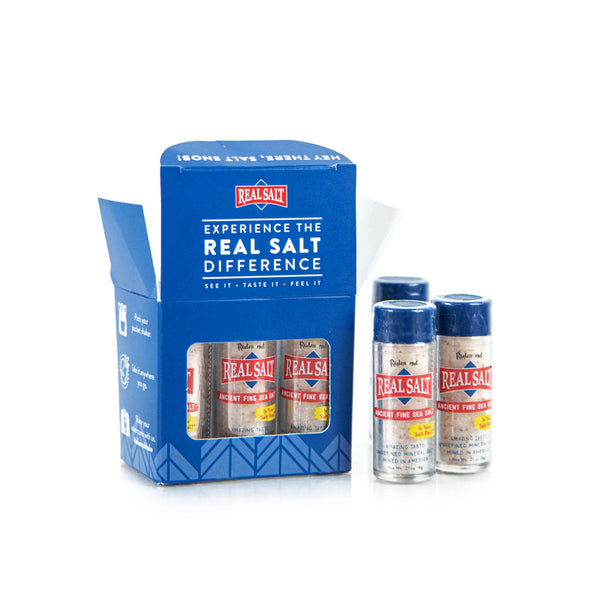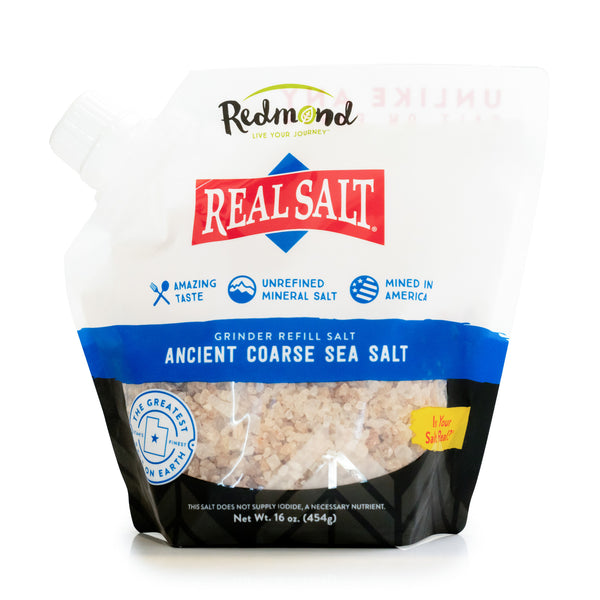Where Does Real Salt Come From and Why Does It Matter?
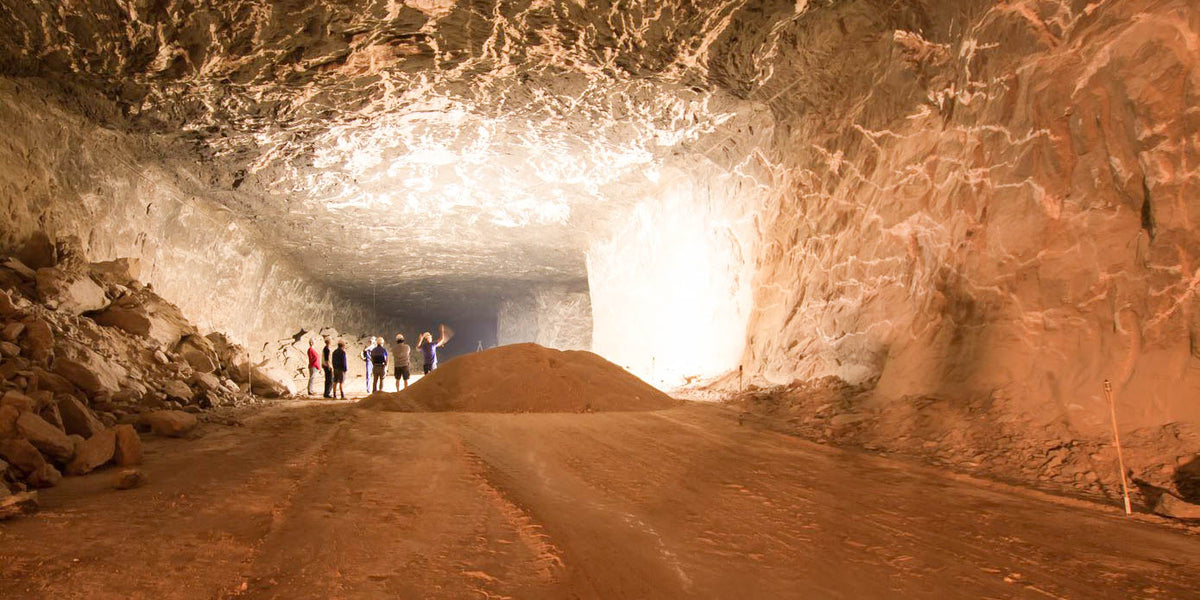
Article at a Glance:
- Real Salt comes from a pristine, underground salt deposit in Utah left behind by an ancient sea.
- The Real Salt deposit is naturally protected from pollutants and contains 60+ trace minerals.
- Real Salt and Himalayan salt are similar, but Himalayan salt is mined in Pakistan.
- Real Salt is sustainably mined with an awareness of environmental impact and ethical labor practices.
You may have heard that Real Salt is the only pink salt mined in America, or even that it comes from an ancient ocean in Utah (What? An ocean in Utah? But isn’t it mined? Stick around, we’ll explain that.), but what does any of that matter?
Maybe you’re driving a foreign car with awesome gas mileage, wearing shoes made on another continent, or reading this on a phone that definitely wasn’t manufactured locally, and wondering why you should care where your salt is sourced. What difference will that make? Besides, American salt sounds a lot less exotic than some of those other salts, right? Maybe so, but sometimes “exotic” isn’t as good as it sounds. Let’s start at the beginning….
The Ancient Roots of Real Salt
In prehistoric times, there was an inland sea covering what is now Redmond, Utah, known as Sundance Sea. That sea is gone, but its remnants are a large, pristine, underground salt deposit—which is why even though our salt lives deep in the earth, it’s actually sea salt.
Because it’s been protected for millions of years under layers of volcanic ash and bentonite clay, it hasn’t been exposed to the man-made pollutants and contaminants plaguing the modern ocean. This means Real Salt is pollutant-free, precisely how nature intended it to be.
Real Salt is also unrefined— nothing added, nothing taken away. Unlike processed table salt, it still contains 60+ trace minerals that occur naturally in the Real Salt deposit. These minerals not only make Real Salt taste better, they make it healthier. If you’d like to see a full list of the minerals you’ll find in Real Salt, check out our Real Salt Mineral Analysis.
Also, because we source Real Salt from a single deposit instead of a variety of mines across a region, you can be assured that you will get a consistent, quality product today and for many years to come.
What’s the Difference Between Real Salt and Himalayan Salt?
Now, there are other natural salts out there that seem similar to Real Salt at first glance, like Himalayan salt. And you may be wondering….what’s the difference? If you really want to dive into the differences between Real Salt and some of our competitors, you should check out this article. It provides an in-depth look at Real Salt vs. Celtic salt vs. Himalayan Salt. But for now, here’s a quick overview of how Real Salt stacks up against Himalayan salt, which is probably the most similar.
Himalayan salts are harvested from an ancient salt deposit that was created long before there were any modern pollutants, just like Real Salt. And geologically, the Himalayan deposit is very similar to Real Salt deposit, since they both contain a full spectrum of minerals. Both are considered crystal salts too. However, there is a slight difference in flavor between the two (Real Salt is a tad sweeter, while Himalayan is a bit earthier). The biggest difference between Real Salt and Himalayan salt, though, is geography— Real Salt is mined in Utah and Himalayan salt is mined in Pakistan.
What’s So Special About Real Salt?
So, now you know where Real Salt comes from geographically and geologically, but there’s more to it than that. We’re guessing that if you’re thinking about buying Real Salt or already do, you’re the sort of person who cares about real, clean ingredients and the world around you, so you’d probably be pleased to know that when you buy Real Salt, you’re buying salt that’s mined using sustainable practices, with an awareness of environmental impact.
Our mines are room-and-pillar mines, as opposed to open pit mines, which lessens the effect of mining on the surface of the earth. They are solar-powered by two solar fields, which helps reduce our carbon footprint. We also have a mine reclamation bond, so should the day come that we close down our mines, the land can be restored.
As a Real Salt customer, you’re supporting a sustainable, environmentally-conscious company and reducing your own carbon footprint with fewer food miles. Sure, your car and phone and shoes may be from overseas, but you probably buy a lot more salt than you do cars, right? And just because you bought one thing from China doesn’t mean you should buy everything from China, yeah? That’s like saying that if you’ve ever had a piece of cake, you should never go to the gym again because you’d be a hypocrite. That’s not how it works.
There’s also the possibility that the only way to get the best quality product when it comes to your shoes, car, or gadgets is to outsource— fortunately, Real Salt is world-class salt, mined in America. You can’t get better quality anywhere in the world.
Choosing Real Salt also means choosing a product made with ethical labor practices.
At Redmond, we adhere to the best practices in labor and safety, pay our employees a living wage, and offer opportunities for both personal and professional development. Choosing Real Salt means putting money back into our economy and supporting job growth to boot. And here you thought you were just seasoning your food.
New to the wonderful world of natural salts and want to see what other people are saying about Real Salt? Check out some Redmond Real Salt customer reviews.
Comments (13)

I grew up in Central Utah. I later moved to California, where I met the love of my life.. She and I moved to the Cayman Islands in 1994, where my mother was born.
Imagine my complete joy, upon finding Redmond Salt in my local supermarket!! I bought all they had, and encouraged the manager of the store to acquire more, which she did. There is now a thriving group of Redmond Real Salt aficionados down here in the Caribbean. This salt is like no other I’ve ever tasted. It is the very best, and pure, and the quality is consistent. A little taste of home.
Fan for life. Now, who to leave our Redmond Salt stockpile to in our will?
———
Redmond Life replied:
Hey Lance! Wow! What an amazing story, you guys are so awesome. We are so grateful to have you in our Redmond Life family!
NkdkJdXPPEBannerEnd

I haven’t tried Real Salt yet. Only because I had ate supper before the package arrived at my place. I love buying from USA. I buy USA every chance I get. I just tasted little bit on my finger. Yes I
like it. Thank you to everyone thathelps to bring this Ancient fine Sea Salt to our tables.God bless you all!
———
Redmond Life:
Hey Kristine, Yay! We are so happy to hear that, we hope you have been liking it!

Taste like no other salt I’ve ever tasted. I’m so glad I selected it,didn’t know what to expect but it surpassed all of my expectations. Will continue to buy even if I have to buy on your site.
———
Redmond Life replied:
Hey Jacqueline, Wow! That is so amazing to hear, we really appreciate you, and we are so grateful to have you part of the Redmond Life family.
NkdkJdXPPEBannerEnd

I’ve been doing a deep dive into nutrition and I have a very important question. When companies use calcium silicate in their salt products, are we basically eating a very small dose poison? Because if you ate calcium silicate in a high dose you would get sick. Am I correct here?
———
Redmond Life replied:
All research on calcium silicate is that unless you are to really eat a lot of it, it is completely safe. Water in extremely high amounts could, using the same logic, be poisonous/deadly. As far as trying to get calcium and silica (both essential nutrients) in your diet, consuming Calcium Silicate (natural or processed) is not going to be a great way to get it as there are more bioavailable sources of each, but you will likely get some of each as the hydrochloric acid in the stomach will break it down a little (especially if consumed with food), but not near as well as other sources. All that said, we still believe that products should be “Simple, Clean & Real”, and that for the most part nature has it right with products – especially with natural salt. So although adding a little calcium silicate (natural or man-made) might not be the end of the world (nor the end of your life) we see no reason to add it – even if it is not really as dangerous as some of the other more problematic common additives like sodium ferrocyanide, yellow prussiate of soda, sodium silicoaluminate, tricalcium phosphate, propylene glycol 400, and others.



